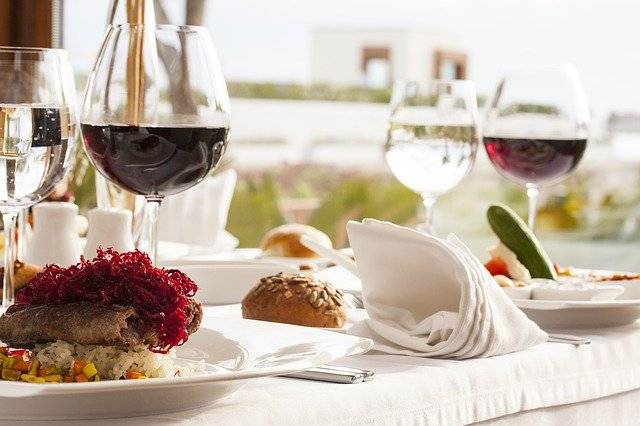Food and food products are the largest consumption category of India’s over a billion population. The Food and Beverage (F&B) industry encompasses the formulation, processing, production, distribution in wholesale or retail, and delivery of food products. Though a highly fragmented industry, there are more than 35,000 food processing and beverage production companies in the market. The industry accounts for approximately 9% of the overall manufacturing GDP of the country. Being an industry that has experienced more than 30% growth over the last five years, it is sustained through the increasing consumers spending power, Government subsidies for food processing, and liberalization of foreign direct investment in the multi-brand retail sector. Along with the growth, the industry is also experiencing increased sophistication in its production, operational and management practices. Intellectual property (IP) has been a key element of these changes and the ability to leverage it to one’s advantage is making the difference between companies which grow and compete and those that don’t.
Let’s take a look at the various forms of IP that F&B companies would be concerned with and how they can be optimized to build business. Be it a small scale biriyani restaurateur or a global cold drink manufacturer, F&B success revolves around two main factors, branding and reputation. Trademarks are the main form of IP when developing and building a brand. Though a trademark registration of your business and products’ names and logos is not mandatory, it is highly recommended that one do so. Why? Firstly, it is the strongest form of protection against competitors passing off on your company or products’ goodwill in the market, and secondly, a well managed trademark portfolio provides the highest asset valuation for an organization. A great example of a carefully cultivated brand through aggressive trademark registrations and enforcements is Coca-Cola; the brand on its own is valued at $56 billion.
Design or design patent is another form of IP that protects the look and feel of your product. Your packaging, a key aspect of consumer decision making, can be protected for its visual distinctiveness if it can be produced through industrial application. The original Coca-Cola bottle is a great example of how the company has monetized and built consumer recognition for its products through a uniquely recognizable packaging for its soft drink. Another option, Copyrights, can be used to protect certain forms of creative works. Any applied or fine art involving the product from content that you have created for packaging or advertising, to creative labels or ornamental designs, can be registered. Similar to trademarks, a copyright registration is not mandatory, but to pursue and stop misuse of your creative works, a registration is the strongest proof of authorship.
The form of IP that is most commonly overlooked by most of the companies is trade secrets, mainly because it cannot be registered. If your company has business and economic advantages due to its processes, methods, formulas, business information, operational practices, which are not ascertainable by others, then there is value in protecting it. Some of this information may be protectable and registered as other forms of IP, but in that instance it becomes public information. A trade secret is a trade secret until it is no longer a secret. Therefore, it is imperative for companies to identify and value such assets, and put the necessary restrictions and policies in place to ensure it isn’t misappropriated. The trade secret due diligence that most companies can take care of is putting strong confidentiality provisions in contracts with employees and partners, and limiting access to data on a need-to-know-basis. A great example is Coca-Cola’s recipe for Coke, which is one of the closely guarded trade secrets in the industry. The fact that Coca-Cola has been able to guard this information for so long is the reason why a Pepsi doesn’t taste the same as a Coke.
Lastly, Patent protection can be sought for product or process inventions that you have come up with. The production, processing, composition, and packaging in the F&B industry have become increasingly technology-intensive. A patent provides 20 years of exclusive right to prevent competitors from commercially making, using, selling or importing of the patented invention. Though patents are the strongest form of IP protection one can get, it is also the most expensive. Therefore as a part of your if-to-patent consideration, you should gauge the commercial and strategic value a patent would create for your business. If the value is strong, then the cost in pursuing a patent is justified. However, if the value is less, but none the less possessing strategic value, then it can be protected as a trade secret.
None of the forms of IP is a standalone choice for F&B companies. It would not be enough to only pursue one form of IP such as trademarks but be ignorant of trade secrets or any other form. For an F&B company to be effective in its branding and reputation management, a combination of trademarks, copyrights, designs, trade secrets and patents have to be leveraged.
Authored by Sanjeeth Hegde, Partner – BananaIP.
Contributed by IP Licensing and Commercialization division of BananaIP.
For more information about IP Licensing and Commercialization, write to [email protected]



